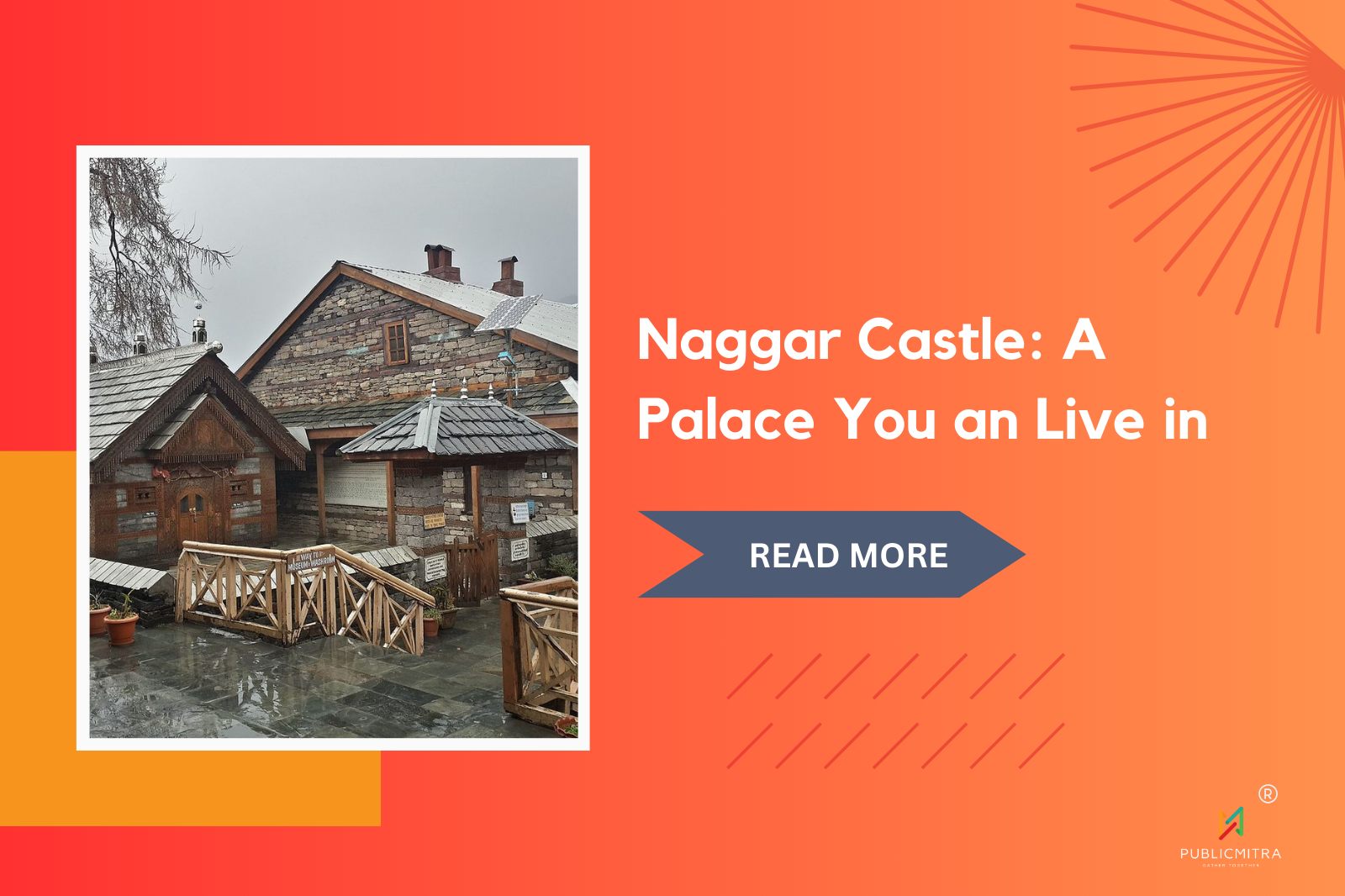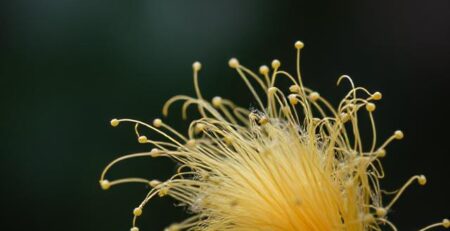Naggar Castle: A Palace You Can Live In
Himachal Pradesh, often referred to as the Devbhoomi by both the residents and pilgrims, is an auspicious land that holds some of the best natural treasures of the country. It is a sought-after destination known for its breathtaking natural landscapes, snow-capped mountains, lush green valleys with pristine rivers and mysterious forests that no longer need to be discovered(thanks to irresponsible tourism).
Every year, thousands of travellers and nature enthusiasts visit Himachal to find their solace within, and the northernmost state definitely has something for everyone as it hardly ever fails to impress visitors with its charm. The diverse culture and adventure opportunities packed with warm hospitality make Himachal a perfect setting for a dreamy vacation.
The treasures of Himachal are endless, and finding these hidden gems away from the regular overrated places in Himachal can, however, be difficult for people without accurate information. Such is the case of Naggar, the ex-capital of Kullu that owns a few historical charms to boast about!
Naggar is a sleepy ancient town in Himachal that embraces you like no other despite the place you are coming from! Life is slow in this picturesque hamlet, where the Pahadis(phalaris/ locals) are mostly engaged in agriculture and small businesses for their livelihood and their lives are entwined with nature, and you’ll find them at their farms by dawn. The beauty and warmth of this laidback lifestyle can make anyone feel at home as this quaint place exhibits the joy and serenity of living in sync with nature.
Besides the natural landscapes and the solace of the mountains, there are other aspects of Naggar that make it remarkably significant for travellers from around the world. The history of Naggar can be traced back to the 16th-century palace – Naggar Castle which is a major tourist attraction today. Constructed by Raja Sidh Singh of the Kullu Valley, this historical structure is characterized by its unique stone and wood architecture with a stroke of colonial and Tibetan designs.
A testament to the architectural brilliance of the Kathkuni(indigenous Himalayan architecture), this is not just another historical building, but an embodiment of the history and culture of a town, preserved in the most beautiful way.
Over the years, the Naggar Castle has remained a silent witness to the changes brought in by the centuries and today, this timeless retreat has been converted into a heritage hotel so that travellers can have an immersive experience in the lap of the Himalayas.
Perched strategically on a hilltop, the structure of Naggar Castle seamlessly incorporates the earthquake-resilient Kathkuni design principles deep in the essence of its architecture. This integration of form and function was put to test in 1905 when an earthquake of 7.8 magnitude struck Naggar, leaving the town in havoc. Amidst the chaotic calamity, Naggar Castle stood resolute, absolutely unaffected by the disaster, defying the forces of nature with grace.
As you step into this architectural marvel, your attention will be captivated by the large wooden doors that still guard an era that has long gone by while they dutifully continue to take visitors on a journey into the old-world charm of this town. One could say, these doors serve as the delicate bridge between contemporary Naggar and the realm that holds the secrets to its past.
Within the outer courtyard, you’ll find the restaurant- a culinary haven known for some of the best local delicacies in town. Though priced higher than the local dhabas, this will surely be an experience you wouldn’t want to miss out on. Taking a left from the restaurant reception will bring you to the open dining lounge, where you can relish the flavours of the region while enjoying the breathtaking view of the mountains in the backdrop!
As you venture to the right, you will be taken to the royal suites within the historic walls of the castle, and along the way, you will come across the handicraft shop(to your right) showcasing some of the local craftsmanship and the Jagatipatt temple(to your left). A few more steps forward, and you’ll soon find yourself in the main hall that serves as the gateway to the balcony and the rooms that await your stay!
The balcony envelops the palace and is distinguished by the intricate wood carvings and the enticing view of the Kullu valley. Standing on these wooden decks, you will be taken back in time to a world where the chaos is silenced from within and waking up to this particular view of Naggar is an experience beyond comparison!
The rooms are adorned with modern amenities that are thoughtfully designed with deliberate minimalism so that guests can indulge in an uncluttered experience. In addition to the restaurant, other general facilities include an intercom, cable TV, 24-hour power backup, taxi on demand, doctor on call and an art museum right beneath the castle(on the ground floor). The museum showcases different art and crafts, local products, and visual representation of the Himachali culture.
How to Reach Naggar Castle?
Naggar is located just 23 km away from the popular tourist destination, Manali. Alternatively, you can also get down at Patlikuhal(4 km from Naggar) while travelling from Delhi and then take a cab to Naggar Castle. There aren’t many buses on this route, so cabs will definitely be the efficient transportation choice here, and it may cost you around Rs.400-Rs.600 to reach your heritage stay.
Open to tourists from around the world, your royal stay can be easily booked online by logging into http://hptdc.in/index.php/the-naggar-castle/.











